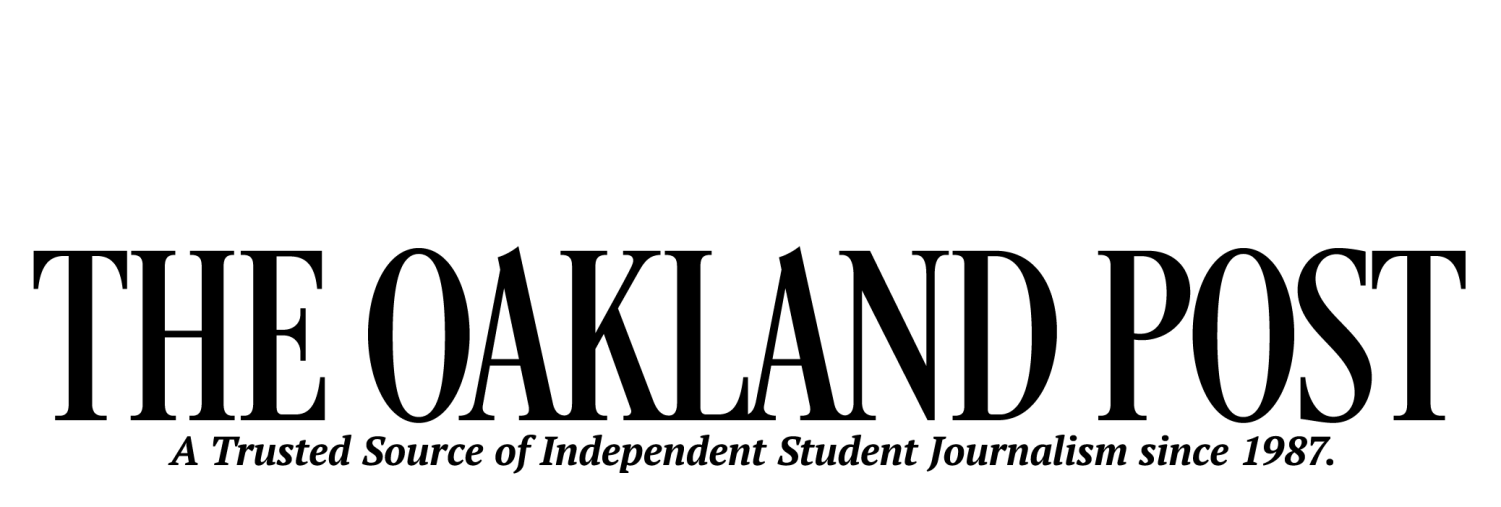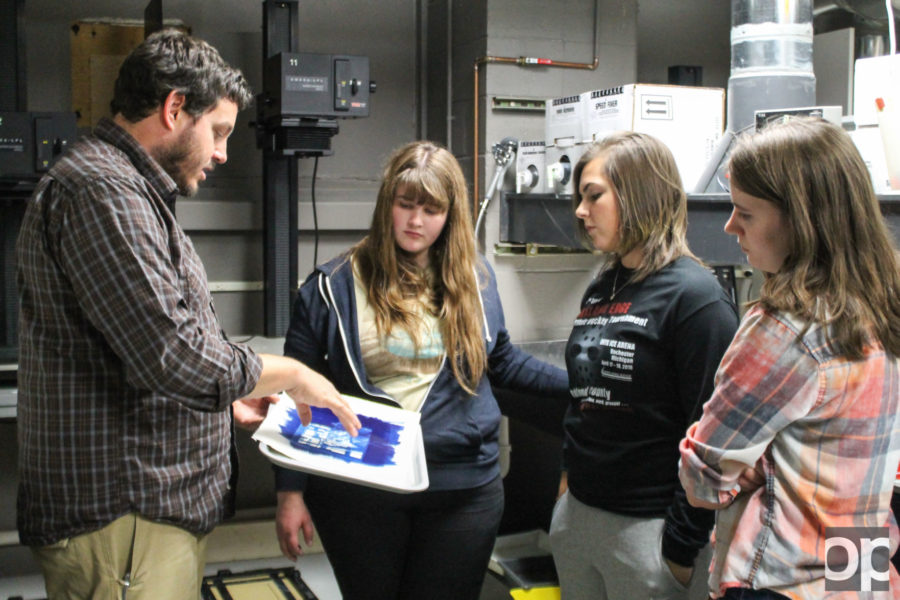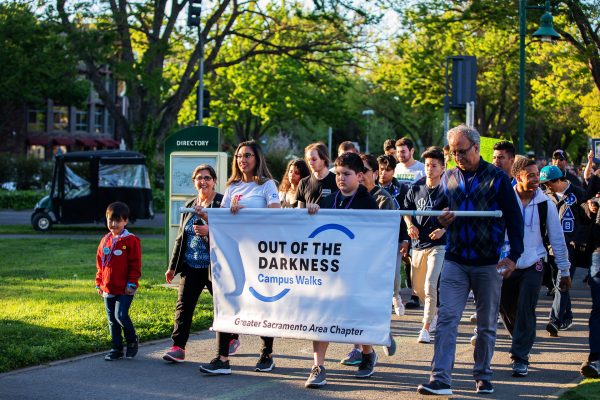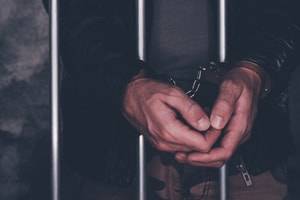Dark room sees bright future
Located in the basement of Wilson Hall is a special room where students spend several hours working with chemicals under red safety lights to produce prints of their film photography.
On Oct. 22, the Art and Art History Department revealed the new dark room renovations.
“They’re not so much newer capabilities, but more functional,” Lecturer in Art and Photo/Media Lab Manager David Lambert explained. “The dark room is now split into two. One side is film only and one side is print only.”
The rooms are connected by a single black revolving door. In addition to the divided workspace, all of the rusted stainless steel sinks were replaced.
Kailey Johnson, a senior studying photography and cinema studies, has worked in the dark room both before and after renovations. She believes that the dark room has improved tremendously, especially the workflow.
“Previously people would have to maneuver their way around others, creating some dilemmas,” she explained.
However, with the digital age rushing forward at full speed, what is the importance of having traditional printing processes? Why continue to teach students how to work with film in a dark room?
According to Lambert, the advances in technology have sparked a rebirth of older processes.
“The digital age has made what we’re doing today relevant,” Lambert said. “The dark room lays a foundation for digital media. Basic photography principles such as depth of field, levels, and contrast are laid out in the dark room and we can see how that is reiterated in Photoshop. Photoshop played off of original dark room knowledge when developing its functions and features.”
“I own only film cameras,” Johnson said. “I prefer using film photography because digital can’t compete to the truest form of colors or blacks & whites.”
When asked what she thinks the importance of film photography is, Johnson believes that film is the root of photography.
“If Oakland didn’t have a dark room, or didn’t teach film photography, we wouldn’t be able to consider ourselves photographers,” she said. “You have to know the history and experience developing your own artwork before stepping into the digital age.”
In addition to learning the basics, students can utilize the new dark room in addition to digital processes for more advanced photography techniques.
“Now with alternative processes, we can work on the computer and we can print out a negative. In Photoshop students can manipulate a negative and print it out. It’s more accessible because they can jump into more advanced techniques,” Lambert explained.
He firmly believes that working in the dark room is essential for those who are interested in learning photography. It lays a foundation of how to properly work a camera by forcing students to slow down and focus. With film, students are limited to 24 or 36 frames per roll. There is “no luxury of messing up” like there is with digital.
“Patience is something that you learn throughout this process, but once you see the final results you feel so proud of yourself that you created this work of art,” Johnson added.
Students have the chance to experience the new darkroom. Black and white film photography courses are available for both majors and non-majors.

















